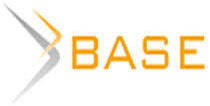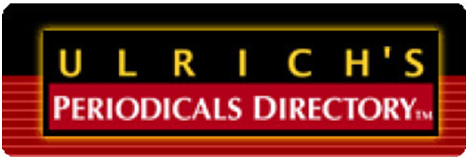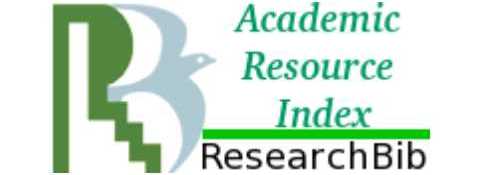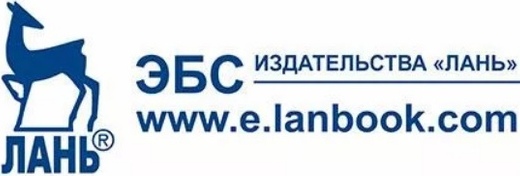External communications of the museum as a factor in the development of museum tourism
In modern Russia, the reconfiguration of the tourism sector has been taking place for the second year: domestic tourism is actively developing with the support of the state; travelers choose not only beach holidays, but also other options. At the same time, cognitive and educational materials are in low demand. Against this background, museums face difficulties, because they find themselves in conditions of high competition not only with similar institutions, but also with shopping malls and parks. In the current situation, museums need to switch to external communications in order to attract the attention of the target audience to their activities. Thus, the topic of the development of external communications of the museum as a factor in the development of museum tourism is relevant. The article presents the results of the author's research of the target audience of museums, considers the preferred channels for obtaining information about museums, the factors of attractiveness of museums, the reasons for refusing to visit museums. The study used a questionnaire survey, content analysis and analysis of secondary data. Attracting the attention of travelers will allow museums to move from the extreme point of the value range to the first positions, which will also contribute to the development of culture in the country, the preservation of history, etc., change the motivation for visiting museums, and make museums attractive to the younger generation. Museums today have the opportunity to integrate into tourist programs, become a center of attraction for young people, become part of a large-scale territorial brand and integrate as a cultural center into the municipal environment. To do this, it is necessary to move from one-sided communication to a dialogue with the target audience, learn how to build long-term interaction.
Orlova, E. A. (2024), “External communications of the museum as a factor in the development of museum tourism”, Research Result. Business and Service Technologies, 10 (2), pp. 36-51. DOI: 10.18413/2408-9346-2024-10-2-0-3
















While nobody left any comments to this publication.
You can be first.
Anisimova, V.V. and Volkova T.A., “Museum Tourism in Russia” (2021), Dagestan State Pedagogical University. Journal. Natural and Exact Sciences, Vol. 15, 1, pp. 49-55.
Cameron D. (1968), “A viewpoint: The Museum as a Communication System and Implications for Museum Education”, Curator, Vol. 11, pp.33-40.
Churanov, E. (2024), Internet and social media statistics for 2023 – figures and trends in the world and in Russia [Online], available at: https://www.web-canape.ru/business/statistika-interneta-i-socsetej-na-2023-god-cifry-i-trendy-v-mire-i-v-rossii/ (Accessed 10 May 2024).
Grishanina, O.V. (2020), “Museum of the XXI century: the educational role of the semantic space of the museum”, Interregional Pimenov readings, Vol.17, 17, pp. 334-341 [Online], available at: https://elibrary.ru/item.asp?id=47375977 (Accessed: 07.05.2024).
Gurieva, S.D. and Kharitonova, T.U. (2017), “The Features of Museum Communication: The Justification of Expectations and the Satisfaction of Aesthetic Need (on the Example of the Museum Visitors)”, Modern research on social problems, Vol. 8, 8-1, pp.41-57.
Hooper-Greenhill, E.A (1991), “New Communication Model for Museum” // Museum Languages: Objects and Texts, Ed. by G. Kavanagh, Leicester Univ. Press, 1991, pp.47-62.
Kryazhevskikh, M. (2012), “A Model of Museum Communicative Space”, Bulletin of the Chelyabinsk State University, 4 (258), Philosophy, Sociology, Cultural studies, 23, pp.64-67.
Latest Booking.com Sustainable Travel Data Reveals Ongoing Challenges for Consumers & Highlights a Heightened Opportunity for Cross-Industry Collaboration (2024) [Online], available at: https://news.booking.com/latest-bookingcom-sustainable-travel-data-reveals-ongoing-challenges-for-consumers--highlights-a-heightened-opportunity-for-cross-industry-collaboration/ (Accessed 7 May 2024).
Muzej i kommunikatsiya. Konceptsiya razvitiya Samarskogo oblastnogo istoriko-kraevedcheskogo muzeya im. P.V. Alabina, (2018), [Museum and communication. The concept of development of the Samara Regional Museum of Local Lore named after P.V. Alabin] (Author's team, edited by N.A. Nikishin and V.N. Sorokin), Moscow-Samara, Samara Regional Museum of Local Lore named after P.V. Alabin, Laboratory of Museum Design of the Russian Institute of Cultural Studies, 140 p. [Online], available at: http://www.future.museum.ru/lmp/projects/samara/site/concept/2.htm (Accessed 7 May 2024).
Nikiforova, A.A. (2022), “Museums in the Tourist Space of the Regions”, CYTIS. Scientific, Practical and Analytical Journal, 2 (32), pp.367-373.
Orlova, E.A. (2024), “Tarusa: mosaic brand”, Scientific result. Business and service technologies, Vol. 10, 1, pp. 74-87. [Online], available at: https://rrbusiness.ru/journal/annotation/3347/ (Accessed 7 May 2024).
Razocharovannaya, A. and Moskvitina, I. (2024), “10 Global Travel Trends of 2024”, Russiadiscovery. Adventures and discoveries in Russia [Online], available at: https://www.russiadiscovery.ru/news/travel-trends-2024 / (Accessed 7 May 2024)
Rygalova, M. V. and Rygalov, E.V. (2019), “Historical and cultural potential of museums in the development of tourist routes of the Altai Territory”, Scientific notes (Altai State Academy of Culture and Arts), 4 (22), pp.53-57 [Online], available at: https://elibrary.ru/item.asp?id=42863627 (Accessed 7 May 2024).
Samarina, N.G. (2013), “Museum communication in the context of cultural memory and cultural heritage”, Questions of Museology, 2, pp.45-55.
Sapanja, O. S. (2007), Osnovy` muzejnoj kommunikacii [Fundamentals of museum communication], St. Petersburg, 116 p.
Trends of domestic tourism in 2024 [Online], available at: https://welcometimes.ru/news/trendy-vnutrennego-turizma-v-2024-godu (Accessed 7 May 2024)